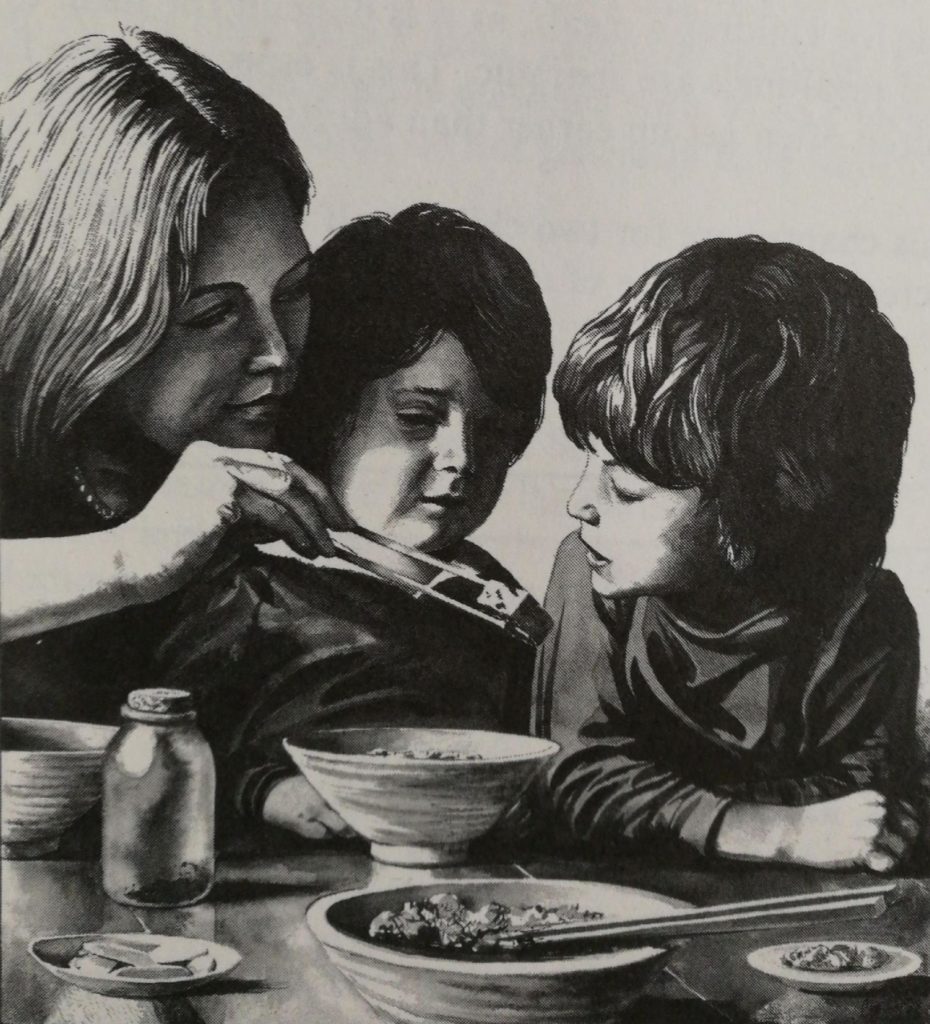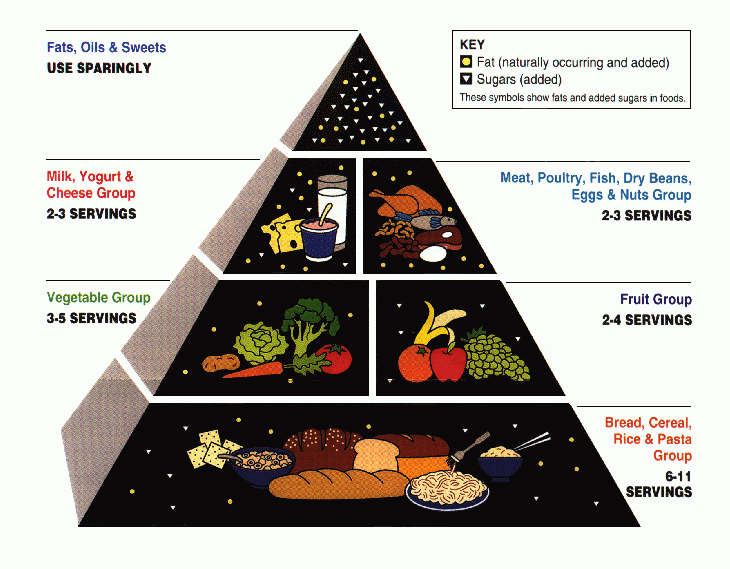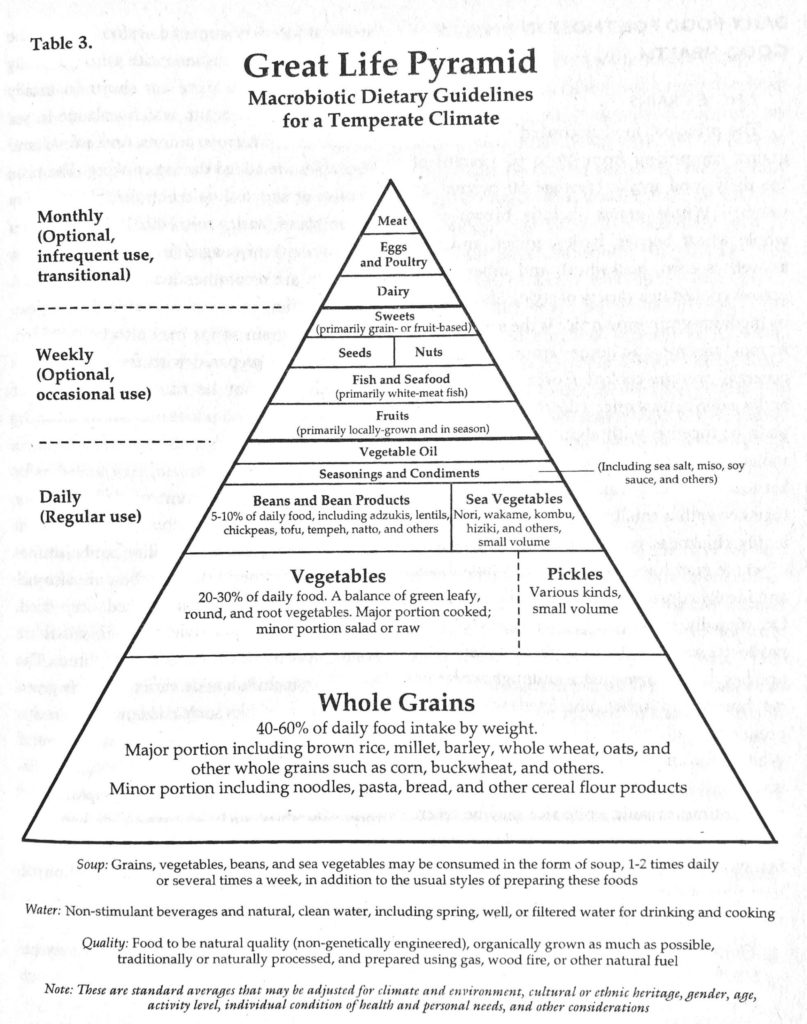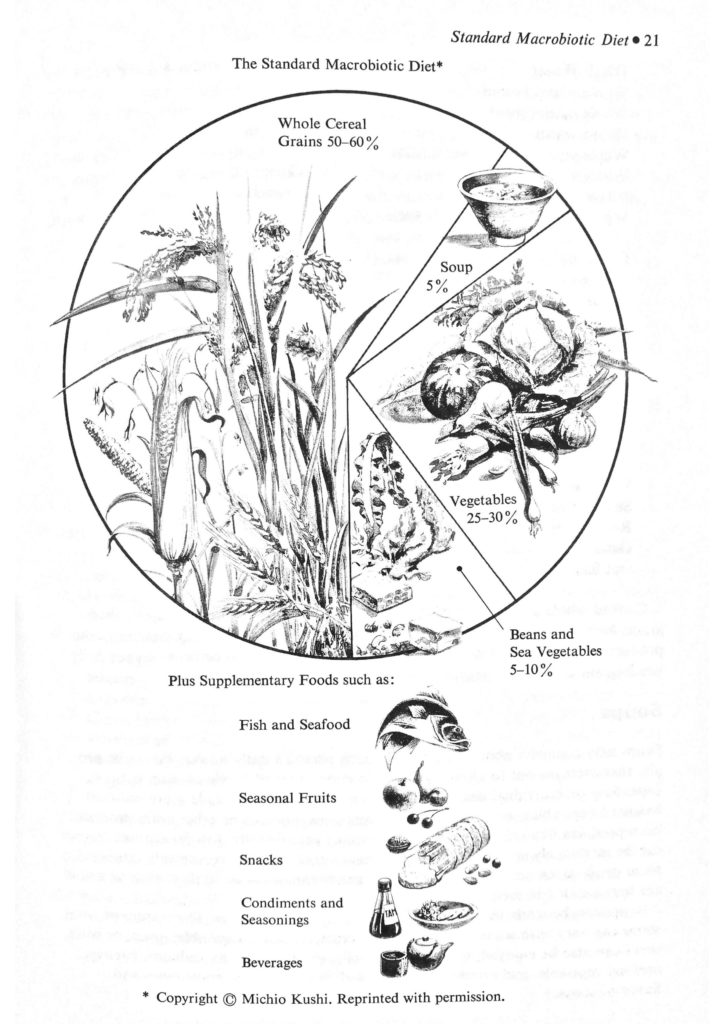Michio Kushi from World Government to Food from Macrobiótica Mediterránea on Vimeo.
Leaders are important. They start a new movement, which is the most difficult thing to do, so that their followers keep it alive afterwards. In the case of macrobiotics, Michio Kushi was the leader par excellence. He popularised macrobiotics as a movement to improve our diet and lifestyle. He gave it a Japanese touch, maybe a Spartan touch and a very strict one in some occasions, but it was useful to revert many health issues.
Since December 28, 2014, macrobiotics does not count on Michio Kushi. He died at the age of 88 as a consequence of a pancreatic cancer. Since that day, the health of the Kushi Institute, in Becket, Massachusetts, started to decline and it finally closed its doors in February 2017. And with that, the dissemination of macrobiotics is in the hands of its students and their respective schools.
If we want to meet Michio again, we should travel to the past. For that reason, I am bringing you a fragment from an interview that was recorded in October 1996. Michio tells us how he changed his mind from trying to change the world by creating a World Government to starting to change it by teaching macrobiotics.
TRANSCRIPTION
Then, while I was studying, I started to wonder even if World Government is done, World Federation is done, what about a sickness? Government, Parliament, World Parliament can’t prevent sickness. How about crimes? How about arguments between people? How about race discriminations? Law maybe can be prohibiting, but individual, emotional hate amongst citizens would still be there. What shall we do about this? Government, World Parliament and Law would fail. There had to be some other way. So, I started to wonder and wonder and wonder. So, after a few weeks deep thinking, I quit everything: the political science studies, the international and law studies and the PhD course. I quit it all. And then I stood in New York, on Fifth Avenue, Times Square, and from morning to night I started to watch thousands, thousands, thousands of people. In order to know what a man is , what humanity is. Soon I was confused, so I decided what subject to observe. This week I will watch their eyes, the week after I will watch their nose, the week after I will watch their mouth. Some weeks I watched the way they walked or their hair or the way their clothes, etc, etc. Then, I was amazed when I realised everybody is different. I had not noticed it clearly before that. Everybody is different: the way they walked, their eyes, the way the spoke, their clothes… everybody.
The human being has been created by the environment and by what we eat. Among all the factors, eating is the most direct one and the one we can control. Whatever element we receive from the outside like solarisation, cosmic grace, sun, colours or stimuli, nervous stimuli,etc. We also breath air, and all those things come and influence us, but day to day, what we can control 100% is, by our free choice, is food, food and drink, and I came to the conclusion that food is the one we must manage well.
If we do not manage it well, then we become sick, we become mental hateful or narrow-minded or egocentric. If we manage it OK, then we become peaceful, we become high-spirited and we become healthy, etc. So, then, suddenly I recalled, while I was pursuing the way for peace, George Osawa said to me: “Michio, one day you will encounter food”. I could see it then: “Ah! He meant this!” And, in that moment, I became very serious about food. Before that, I sometimes ate hamburgers and sometimes drank Coca-Cola. By the way, the first Coca-Cola I drank was together with George Osawa at Hiyoshi’s school in Tokyo when I visited him. Then he said to me: “Michio, let’s drink Coca-Cola. Do you know Coca-Cola?” I said: “No”. “Lima, please, bring Coca-Cola”. He called his wife. She brought it. [George drank] “Mmm, it is delicious! Drink!” I drank: “Yuck” It tastes like medicine!” Then Lima said: “Don’t give it to Michio. It’s very yin”.





Join the Macrobiotic School email list
Join the Macrobiotic School email list to receive each new post in your inbox
Please check your inbox and confirm your suscription.